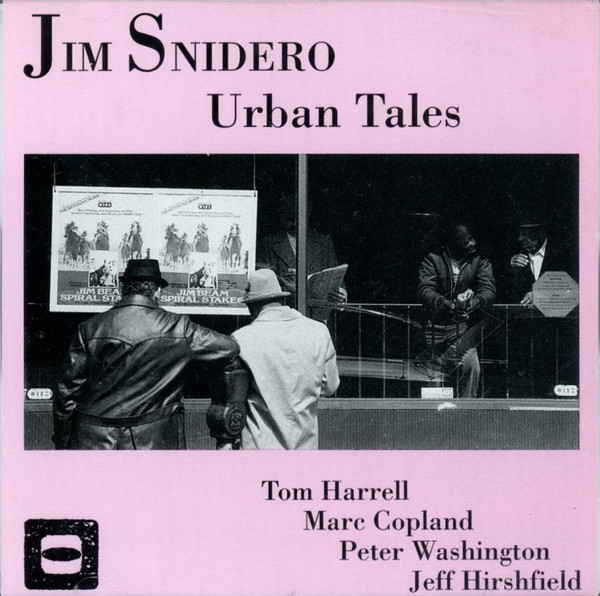
San Francisco’s rave scene introduced him to club drugs like MDMA and Burning Man, fatefully, to ketamine.Īu-Yeung and Jeans, who covered Hsieh’s death for Forbes magazine, want to tell another story, though, about the dark side of the tech boom. In his 20s, partying became wrapped into his work persona. Only when he got to Harvard did he fall in with a close-knit circle of friends, enjoying a warm flush of belonging that he would spend the rest of his life trying to recreate. The child of Taiwanese immigrants, Hsieh spent his early years under extraordinary pressure to succeed. Lying on the freezing ground on a filthy blanket, he suffered smoke inhalation that would kill him.Īt its heart, this is a story about addiction. The assistant did as he was told, and Hsieh, inebriated, started a fire. At 46, traveling with a crowd of personal assistants and hangers-on, he locked himself into a friend’s storage shed and asked an employee to bring him nitrous oxide, marijuana, a lighter, pizza and candles. If this moment in Hsieh’s story is suffused with dread, it is because we know how the story of this man, who so valued friendship, ends. “Trick-or-treating in middle school with a group of my closest friends made me happy.” “Connecting with a friend and talking through the entire night until the sun rose made me happy,” he writes.

So he sits down to write a list of the happiest periods in his life. But he is unaccountably sad - aware, suddenly, that what he has is not enough.


At 24, he is fabulously rich and one of the rising stars in the tech firmament. WONDER BOY: Tony Hsieh, Zappos and the Myth of Happiness in Silicon Valley, by Angel Au-Yeung and David JeansĪ few chapters into “Wonder Boy,” Tony Hsieh sells his first company to Microsoft for $265 million.


 0 kommentar(er)
0 kommentar(er)
